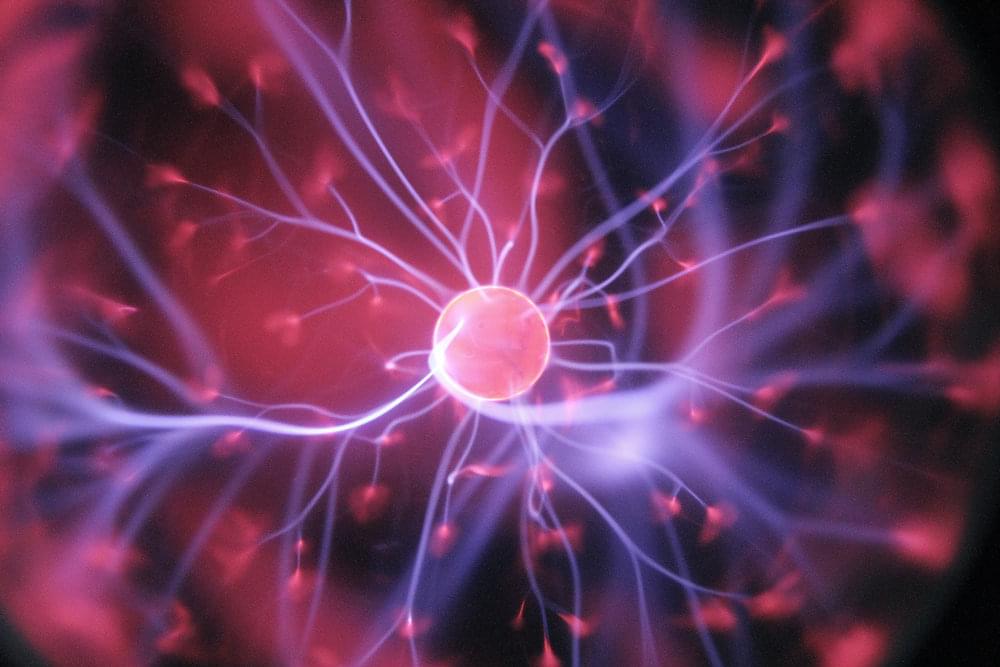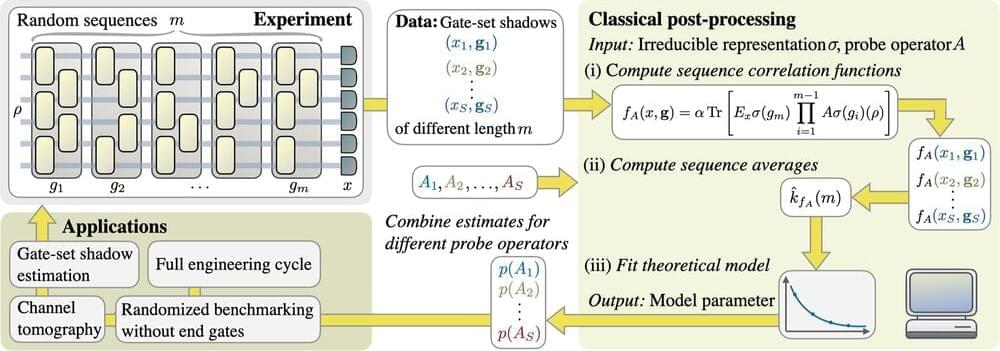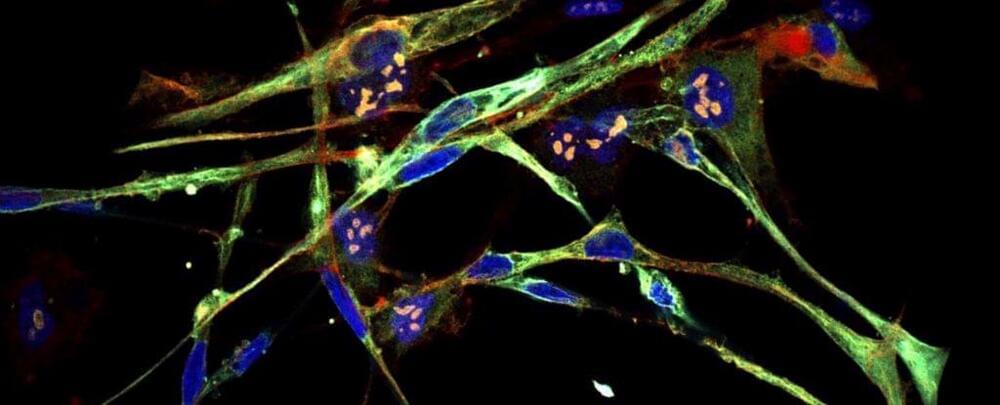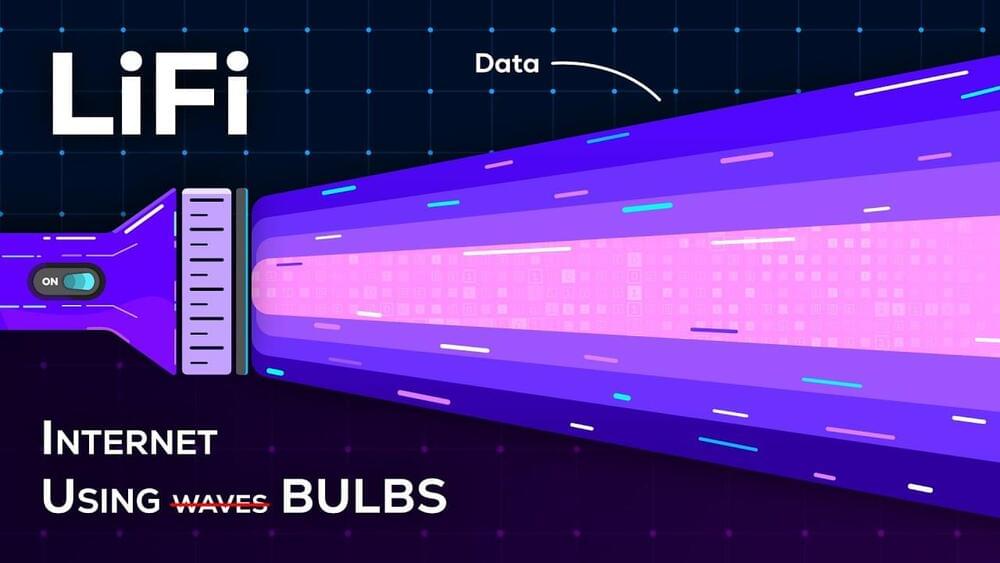
Most modern computers – from primitive room-filling behemoths like the ENIAC to the smartphone in your pocket – are built according to a set of principles laid out by the mathematician John von Neumann in 1945. This von Neumann architecture, as it is known, incorporates many familiar elements, including a central processing unit, a memory for storing data and instructions, and input and output devices. Despite its ubiquity, though, von Neumann’s model is not the only way of building a computer, and for some applications, it is not the most desirable, either.
One emerging alternative is known as neuromorphic computing. As the name implies, neuromorphic computers are inspired by the architecture of the human brain and use highly connected artificial neurons and artificial synapses to simulate the brain’s structure and functions. For researchers like Le Zhao of China’s Qilu University of Technology, this neuromorphic model offers a fantastic opportunity to develop a new paradigm for computing – as long as we can develop artificial neurons and synapses that have the right properties.
In a recent paper published in Materials Futures, Zhao and colleagues describe how to use a memristor – essentially a switch that “remembers” which electric state it was in, even after its power is turned off – to emulate the function of a synapse in the brain. Here, he explains the team’s goals and plans.


















